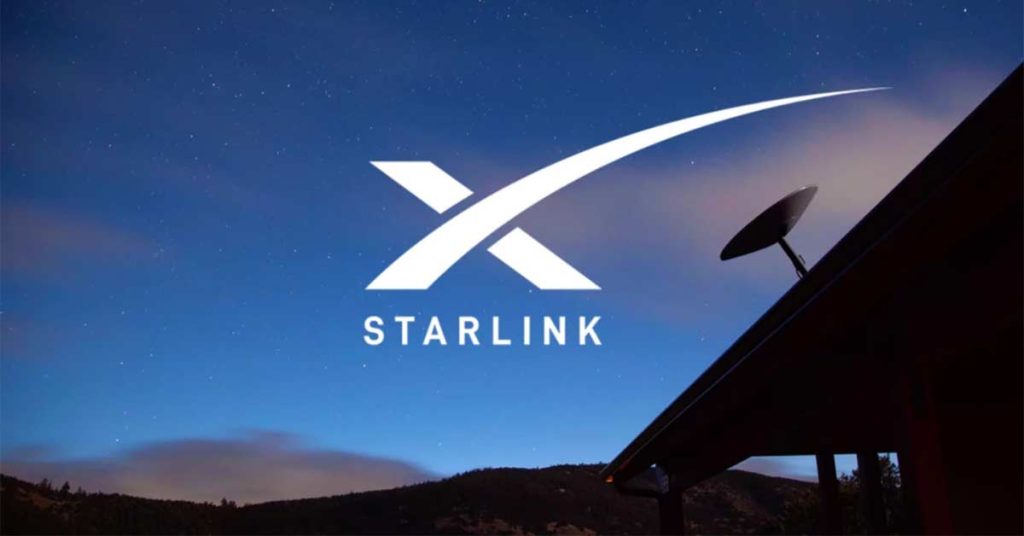
Discover the Revolution of Global Internet Access: An Overview of SpaceX’s Starlink Mission
SpaceX, the private space exploration company founded by Elon Musk, is revolutionizing the internet industry with its Starlink mission. The goal of Starlink is to launch a network of thousands of satellites into low Earth orbit to provide high-speed, low-latency internet access to people all over the world, especially those in remote or underserved areas.
What is the SpaceX Starlink Mission?
The first batch of Starlink satellites was launched in May 2019, and since then, SpaceX has launched many more missions, deploying hundreds of satellites each time. These satellites use advanced technology, such as inter-satellite links and a phased array antenna system, to provide a fast and reliable internet connection. The service is available through a user terminal or a small, flat dish that can be installed on a roof or on the ground as well as on boats and RVs. The terminal communicates with the satellites, which then relay the signal back to the ground-based network.
What are the Capabilities of the Satellites?
Starlink has the potential to make the internet accessible to everyone, regardless of location, and to bridge the digital divide. As of December 2022, Starlink consists of over 3,300 small satellites in low Earth orbit. SpaceX plans to deploy nearly 12,000 satellites in total and may extend the constellation to 42,000 satellites. SpaceX announced they reached more than one million subscribers in December 2022. In addition to providing internet access, Starlink has the potential to revolutionize various industries, including agriculture, transportation, and remote education.
Why is SpaceX Launching Starlink Satellites?
Starlink is a bold and ambitious mission that showcases SpaceX’s innovative technology and its commitment to making the world a better place. With the launch of each new batch of satellites, the network is growing and the vision of global internet access is becoming a reality. It is an exciting time for the internet industry, and the impact of Starlink will be felt for generations to come.
The Starlink mission is a game-changer in the world of internet access. Its goal of providing high-speed, low-latency internet access to people all over the world, especially in remote areas, will have a significant impact on the lives of many people. As the network continues to expand, it is an exciting time to see how it will revolutionize the internet industry.
Will there be any lunches scheduled for the week of October 21st to the 27th
Launches change often, check back for updates.
When will the Starlink Mission be complete?
The lifespan of a Starlink satellite is influenced by various factors and they are typically designed to last for five to seven years. With that said I imagine SpaceX will be launching Starlink satellite as long as the service is viable.